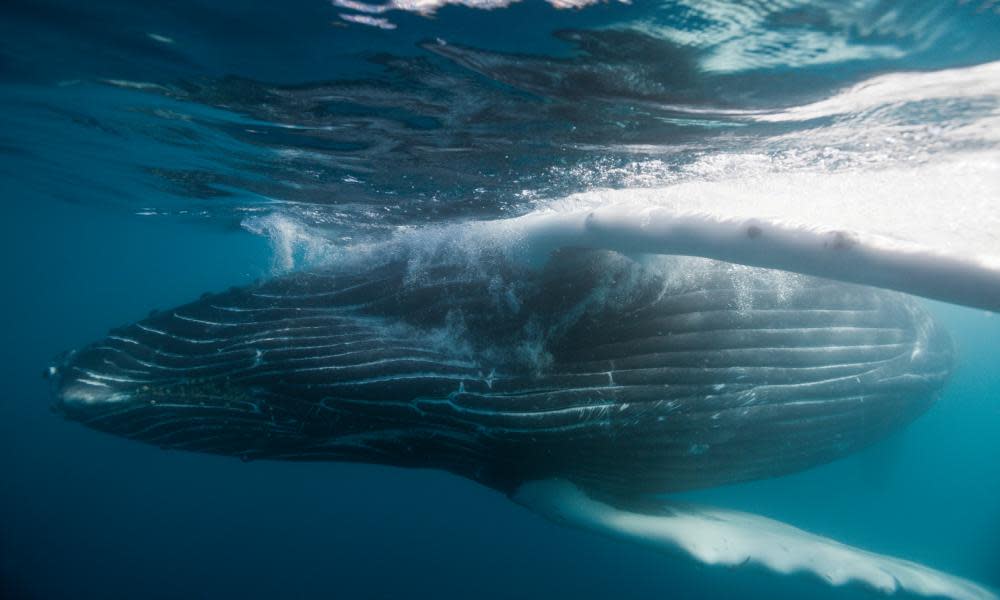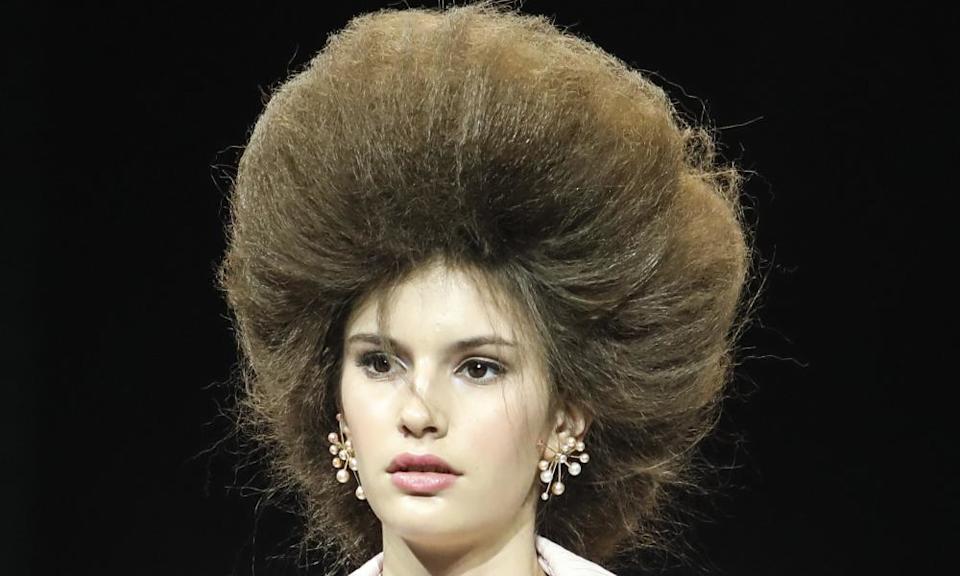Seven signs that you might be a mammal | Liam Drew

You likely know that you’re a mammal. You have neither feathers nor a shell, you cannot breathe underwater and you only have to look at an ant to feel the vast spans of evolutionary time that lie between you and insects. But are you absolutely sure? Are you 100% confident that you’re a mammal, and not some exotic form of mollusc? Well, now you can be, with this easy-to-use guide!

1) You have hair
Although we humans are no longer particularly hairy, we retain patches of this uniquely mammalian structure in a number of places. Among mammals, only dolphins – after they’ve shed the few whiskers they’re born with – are completely bald.
For most mammals, hair is elemental to their warm-blooded lifestyles. And, certainly for the first mammals – tiny little creatures that lived about 200m years ago – acquiring fur coats that slowed down heat loss was necessary for the evolution of warm blood.
It is, though, still uncertain how hair first evolved – the usefulness of a few straggly prototype hairs is hard to fathom. They certainly wouldn’t have kept anyone warm. It’s now thought that these fine protrusions may originally have acted as either sensory structures – like whiskers do today – or they may have been wicks for getting sweat-like secretions out of the sweat glands and onto the body. And that only later did a thicker coating of them became insulating.
Retaining hair on our human heads makes sense. Given how much energy a brain devours, one wouldn’t want to lose too much heat there. The hair beneath our arms and on our pubis is more surprising – one theory has it that it helps waft body scents around between members of our species.
2) Your first meal was milk
When you were born, you were unable to digest anything other than this vital mammalian invention. Indeed, mammals are named after the glands from which we all take our first meals. Marsupials are born at a ludicrously early stage of development, then spend weeks or months permanently attached to one of their mother’s teats.
How exactly mammals evolved lactation is another murky subject, but if you look closely, it’s clear that a mammary gland is a hypertrophied sweat gland (appetising, I know). Most researchers now believe that before there was nutritious milk, there was a sort of sweated abdominal secretion that pre-mammalian mothers used to coat their eggs. Such a procedure may have protected against dehydration or fought off infections – some of today’s milk proteins are suspiciously like naturally occurring antimicrobials (even more appetising, right?).

3) You did not depart your mother inside an egg
Nope, at birth you were screaming and wriggling, and ready to go. This said, a little too much has been made of mammalian live birth. Entering this world unencased in eggshell doesn’t necessarily make you a mammal – numerous reptiles and fish have dispensed with laying eggs – while platypuses and their spiny cousins, echidnas, still lay eggs, as all mammalian ancestors did, and as the first mammals also did.
You are, though, a placental mammal and a placenta establishes a very dynamic relationship between foetal mammal and its mother from the get-go.
4) As an infant, an adult looked after you
Despite the absence of an eggshell, as a baby you couldn’t really do anything for yourself. While some newborn mammals are way more capable – baby wildebeests are up and running with the herd within minutes – all of them rely on their mothers for some initial postnatal care. Having all your dietary needs met by your mother’s mammaries is a very privileged upbringing. Contrast that to the majority of young reptiles who crack themselves free from their eggy origins and immediately have to fend for their themselves. (Though birds, like mammals, are also very diligent parents.)
The close bond between mother and young that was founded on milk also allowed the possibility of culture exchange between generations to evolve. And the neurobiology of these bonds may have provided the foundations for further social (and romantic) bonds between mammals.
5) You have a diaphragm
As a mammal, you have – unlike any other type of animal – a sheet of muscle across the bottom of your rib-cage. Leonardo da Vinci thought the diaphragm functioned to keep your body’s spiritual parts – your heart and lungs – separated from your baser parts – such as your stomach and guts. But what the diaphragm actually does is make you breathe far more powerfully.
Being a mammal is a demanding task – your organs demand constant fuelling – so, you need to breathe and eat six to ten times more than a cold-blooded animal. Given this cost, the advantages of being warm-blooded are actually pretty hard to pin down. Some have suggested it’s actually just a by-product of being able to occasionally run hard, fast and long; others have said the demands of parenting might have required warm blood.

6) Your brain is strikingly large
You’re a human, so of course you consider your abundance of cranial contents a zoological triumph. This said, whales and elephants have substantially bigger brains than you do. What makes yours special is its size relative to that of your body – it is about four-times bigger than a chimp’s and three times bigger than a gorilla’s, whose body-sizes are roughly comparable to yours. However, while ancient hominids made quite the cerebral leap forward, the evolution of mammals saw an even greater hike in brain size.
As mammals first emerged, becoming increasingly warm-blooded, fossils of their craniums reveal a quite rapid expansion. Today, compared to a similarly sized reptile, a mammal’s brain is 10 times larger.
Additionally, while there’s clearly something unique about human brains, it’s actually quite difficult to identify stark anatomical or genetic differences between our brain and those of other primates. But the grey matter that covers a human brain – the wrinkled mass of microscopically layered cerebral cortex – is a tissue that exists only in mammals. It’s thought to have evolved just before the arrival of true mammals as a new way of building a brain. Made mainly of this tissue, and dependent on own warm-bloodedness for its high running costs, the human brain is very, very much a mammalian brain.
7) You are an animal whose biology was profoundly shaped by a 100m year stretch of evolution that ran from about 300m to 200m years ago, and which sculpted from some reptile-like ancestors (who’d recently evolved from the earliest ever land-living vertebrates) a new type of animal – a mammal – that possessed a suite of traits that continue both to define how you live today, and which enabled the emergence of all the quirky traits that make your human life so very, very interesting.
Yes, to understand what makes our curious species tick, you need to understand the evolution of human-only traits like our brains and complex language, our nimble hands and upright posture. But to fully understand how we got wo where we are today, it’s good to acknowledge our mammalian heritage and how we share this with the other five-and-a-half-thousand species of mammal with whom we share this planet.
Liam Drew is a writer and former neurobiologist. I, Mammal: The Story of What Makes Us Mammals is his first book.


